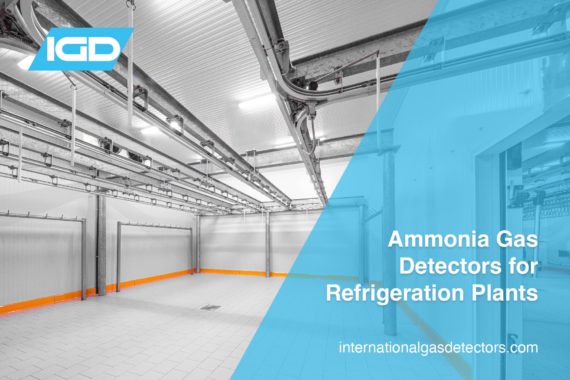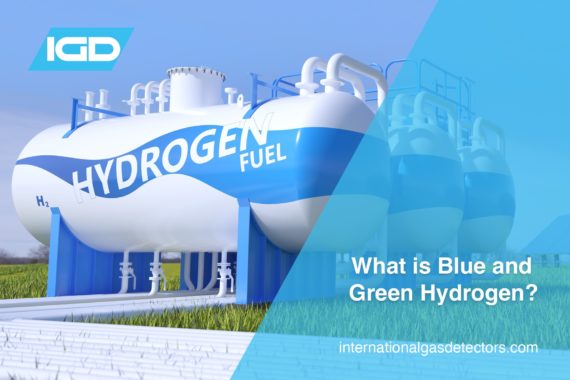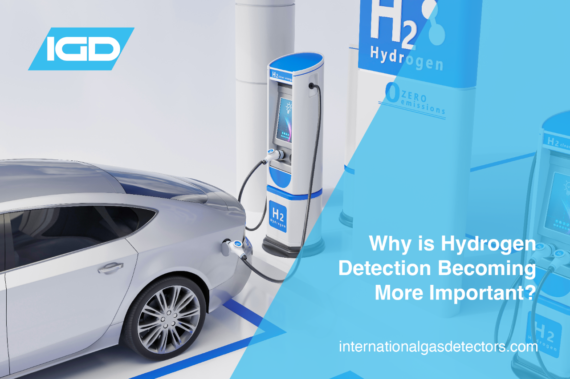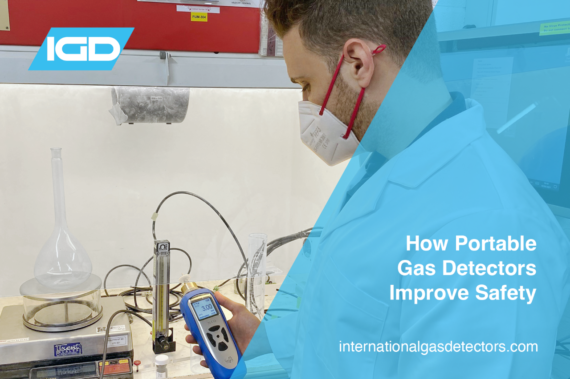Large-scale refrigeration systems are an integral part of many industries, such as cold storage, petrochemical refining, and food processing. In such applications, Ammonia is the most common choice of refrigerant due to its effective physical properties and low freezing point, making it perfect for refrigeration uses. As ammonia is extremely dangerous to life and health at a concentration of 25ppm (8hrs) and 35ppm (15 minutes), it is critical for ammonia gas detectors to be used in such applications to maintain the safety of the plant and those in the vicinity.
What is Blue and Green Hydrogen?
Hydrogen is a clear, odourless and colourless gas. It is the most simple and abundant element in the world and can be used as a pure gas (H2) or combined with numerous other substances to form compounds- many of which we heavily rely on today…
There are so many processes and labels for hydrogen, so it can be confusing what they refer to. Hydrogen labelled by colour refers to the hydrogen production methods used. In this blog post, we will focus on blue and green hydrogen as these are the most renowned methods of producing hydrogen. However, hearing of grey, brown, yellow, turquoise, or even pink hydrogen is not uncommon.
Why is Hydrogen Gas Detection Becoming More Important?
Hydrogen (H2) has become a popular choice for use in the industrial sector in recent decades, but the demand for it has increased and looks set to continue. With high demand for hydrogen comes a need for more reliable and readily available hydrogen gas detection systems. In this post, we will discuss how hydrogen gas is used, the importance of hydrogen gas detection and what options are available.
How Portable Gas Detectors Improve Safety
Portable gas detectors play a vital role in industry and research by protecting personnel from unpredictable gas hazards as they move from place to place. In this article, we’re looking at why portable gas detectors are often an essential part of any gas detection strategy.




